How Briceville students helped a Harvard professor reveal Welsh life in Tennessee
- Oops!Something went wrong.Please try again later.
Knoxville engineer Barry Thacker believes strongly in the value of education and local history, as Carolyn Krause’s third and last article in our series on Coal Creek history shows. This article draws on Thacker’s recent talk on Coal Creek history in Oak Ridge. In 2000, Thacker founded the Coal Creek Watershed Foundation Inc., which has awarded college scholarships to former students of Briceville Elementary School. In this article we learn how Briceville students performed research as Coal Creek Scholars for a Harvard professor, leading to a better understanding of Welsh life in Tennessee.
***
The largest collection of books in the United States on Welsh literature and history is housed at Harvard University in Cambridge, Massachusetts. Some of the books on Welsh life were donated to Harvard by David Thomas, a mining engineer of Welsh ancestry who lived in Coal Creek and whom Barry Thacker portrays in his Coal Creek history talks. Thomas inherited from his father a library of books written in Welsh language in America.
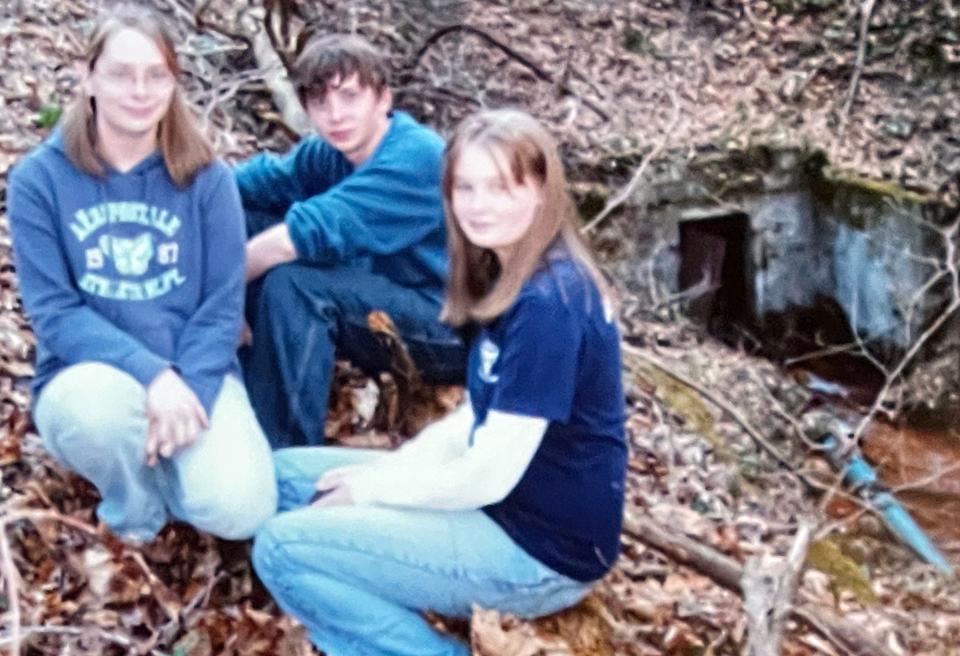
The Harvard collection grew after Briceville Elementary School students on a field trip in 2000 “discovered in the Wiley cemetery the headstone of Henry Wiley, who was one of the original landowners in the area where the Coal Creek Mining and Manufacturing Company is located,” Thacker said. The students also came across the headstone of the father and mother of David Thomas; it showed that his parents were both born in the same town in South Wales. The students posted their discoveries on the internet, arousing the interest of Eirug Davies, professor of Welsh literature at Harvard University.
“Dr. Davies was so excited by their findings that he traveled to Briceville to meet with the students who discovered the headstone,” Thacker said. “He wanted to put the pieces together of how the Thomas collection of Welsh language books got to Harvard. He brought a flag of Wales and presented it to the students.”
Partly inspired by annual Eisteddfod celebrations that featured poetry and essay writing competitions, Thacker said, Welsh writers in America published books in the Welsh language in the 19th and 20th centuries. Such an achievement was not possible in Wales because the British banned the speaking of the Welsh language (until 2011).
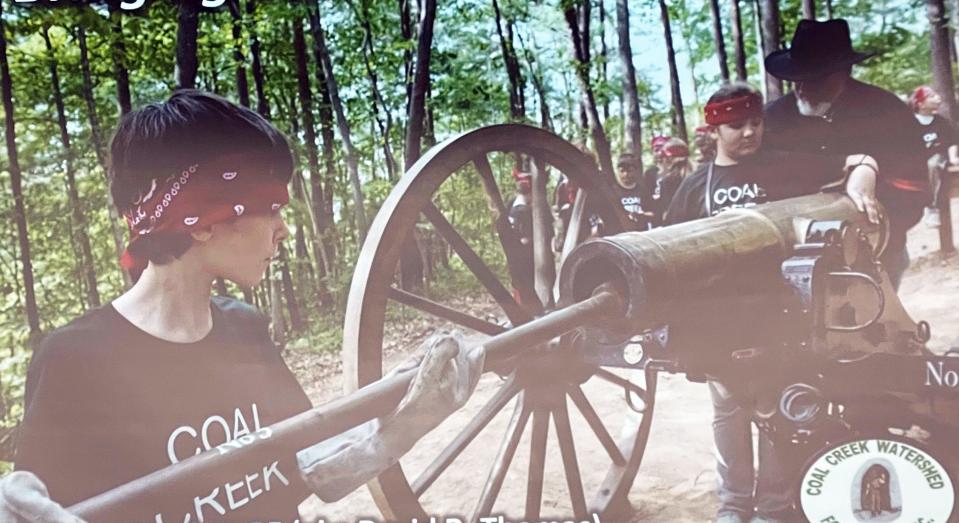
Dr. Davies learned that Bees Thomas, the father of David Thomas, was an avid collector of books. His library of books in the Welsh language was one of the most extensive in the area. In 1915, David Thomas donated his father’s collection of Welsh language books to Harvard University, which he found out had been preserving Welsh literature and history.
“Over the next dozen years after the visit of Dr. Davies, several Briceville students did research for him at the East Tennessee History Center in Knoxville,” Thacker said. These “Coal Creek Scholars” searched its archives and found Welsh language books that Dr. Davies translated into English. As a result, he uncovered some interesting facts about local Anderson County and Coal Creek history, as well as Welsh life in Tennessee.
“The professor would then send what he had found to the students, and they would go to the East Tennessee History Center and corroborate his information, “Thacker said. “He used his English translations of books written in Welsh to document the lives and present a history of the Welsh of Tennessee and particularly the Welsh in Coal Creek. In 2012, Dr. Davies published a book titled, “The Welsh of Tennessee.”
The Coal Creek Scholars examined old prison records from 1881 to 1892. They wanted to find out which of the 131 convicts who died from forced labor in the Anderson County mines lost their lives during service at the Coal Creek mine. The students sought to identify the convicts buried under fieldstones on the hillside above the Coal Creek mine owned by the Knoxville Iron and Coal Company. The students also tried to determine how the Coal Creek mine convicts died. (Many of the convicts were young Black men arrested for petty crimes in Nashville and Memphis.)
The students found that Henry Clyburn died of dropsy, George Brown died of typhoid fever and Sam Morris was killed trying to escape from the mine. Their findings were reported in the April 2, 2006, edition of the Clinton Courier News.

Thacker likes to tell students the inspirational story about a member of the Harmon family. When Powell Harmon died in the 1902 Fraterville Mine explosion, his eldest son, Condy Harmon, was a 15-year-old student at Briceville School. He wanted to continue his education, but he felt obligated to support his family by working in the Cross Mountain mine. He never married or had children. He died at the age of 24 in the Cross Mountain mine explosion in 1911.
In 2011, Harmans from four different states traveled to Anderson County for a memorial service recognizing the 100th anniversary of the death of Condy. He was a family hero because of the sacrifices he made. He is buried beside his father in Longfield Cemetery in Rocky Top, near Norris Dam State Park.
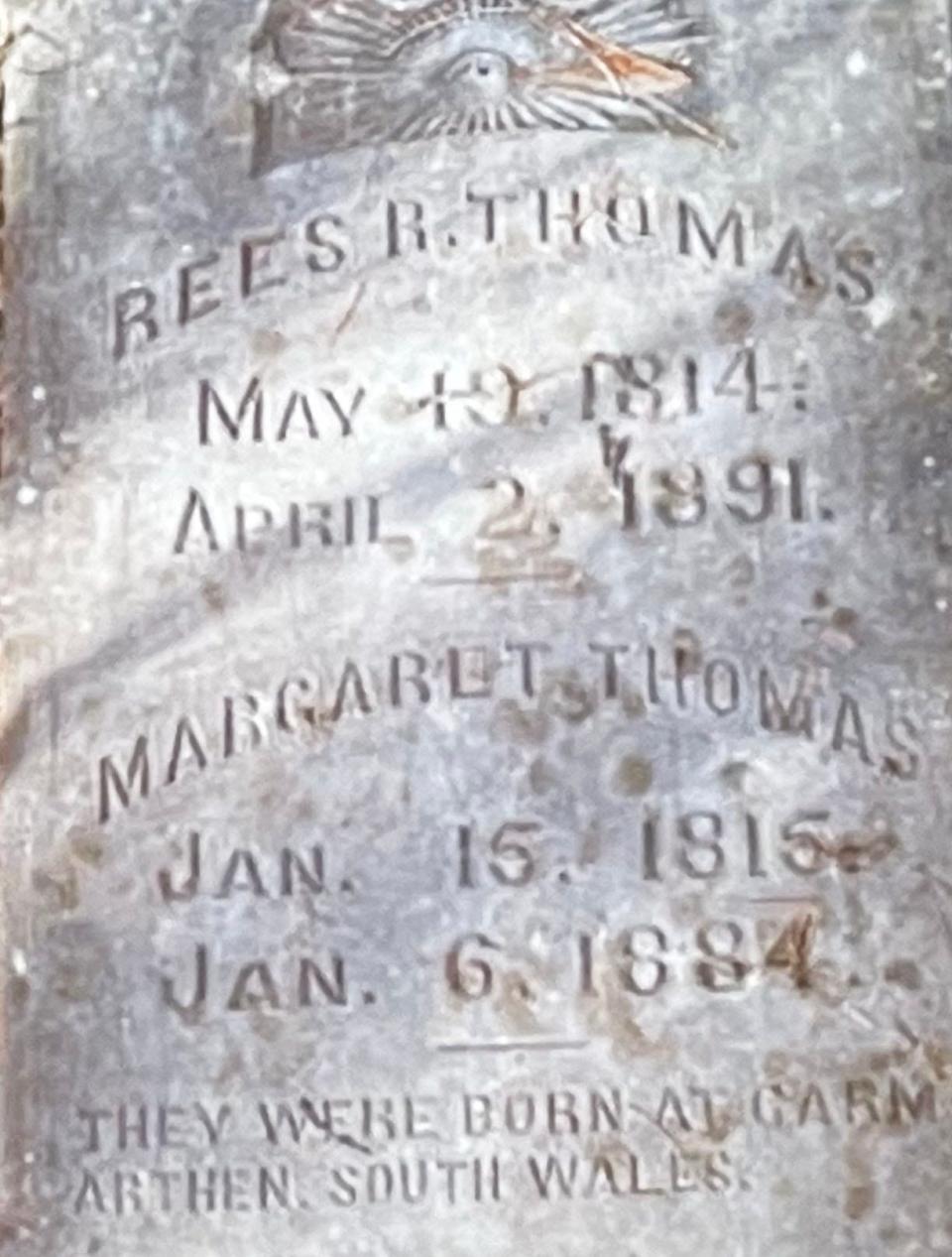
Thacker has taken Briceville Elementary School students on field trips to teach them Coal Creek history. When he took them to Militia Hill to witness the firing of a cannon like the ones used by the Tennessee National Guard to defeat the Welsh miners in 1892, the students said, “This is the best field trip ever!”
To help celebrate their Welsh and Appalachian heritage, Thacker has recruited students in Briceville to plant hybrid American chestnut trees to restore mine sites to their original natural condition. Appalachia was once covered with chestnut trees until they were infected by a parasitic fungus that was accidentally introduced from Asia to North America around the turn of the 20th century.
“Over the last 40 years the American Chestnut Foundation has come up with a hybrid chestnut tree that is resistant to the blight,” Thacker said. “Since 2009, the Coal Creek students have been planting those trees on area coal mines. The chestnuts thrive on the acidic soil of the reclaimed mines.”
In the article “Prints of Wales” in an edition of the Knoxville News-Sentinel, Fred Brown wrote, “Welsh immigrants may not have discovered America, but they did leave their mark on our history and culture.”
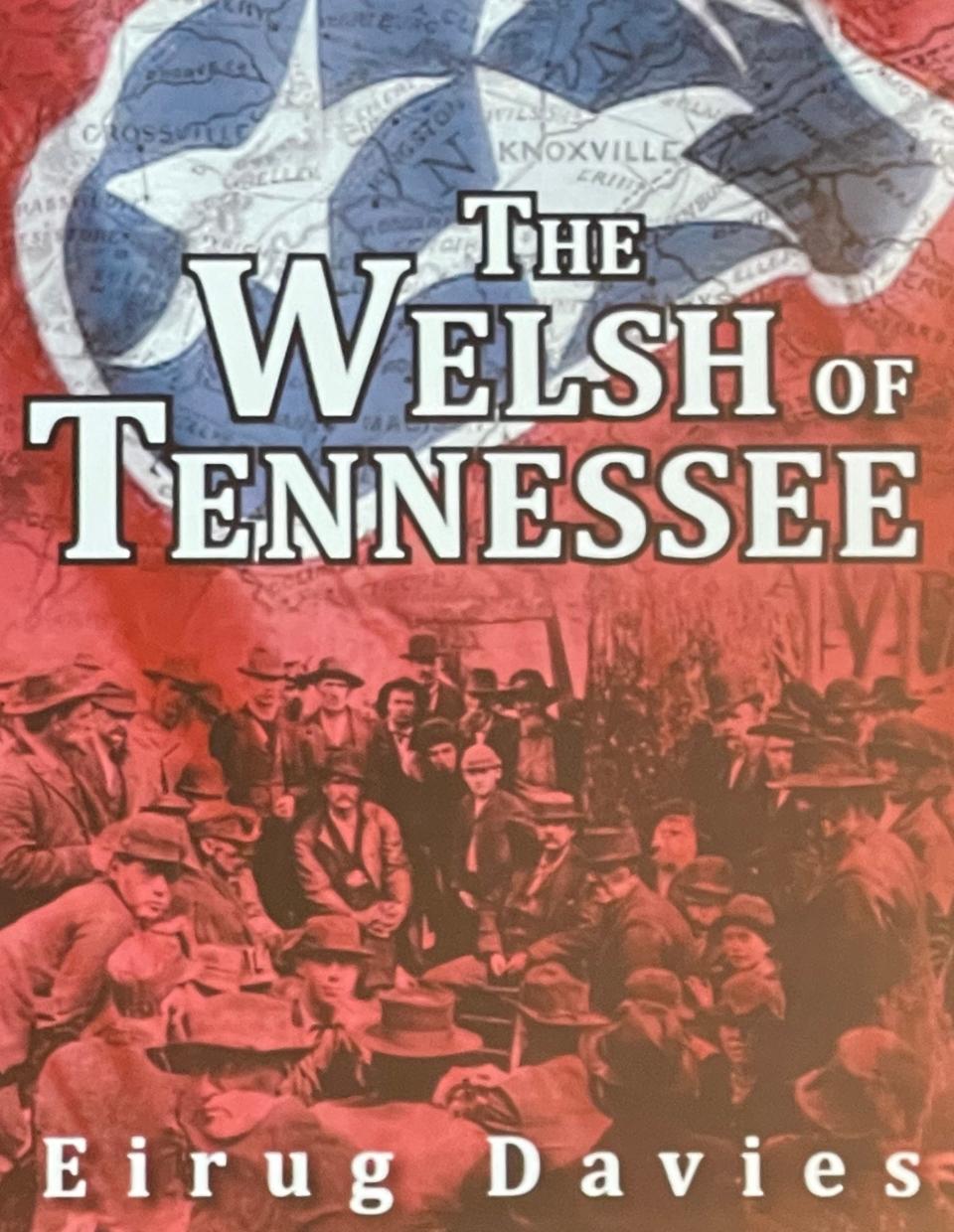
***
Thank you, Carolyn, for an excellent capture of Barry Thacker’s magnificent work to preserve the history of Coal Creek. His exceptional efforts have produced admirable results and will benefit generations to come. The history of the coal mines and people who were included in the Fraterville and Cross Mountain mine disasters are better remembered for his untiring work.
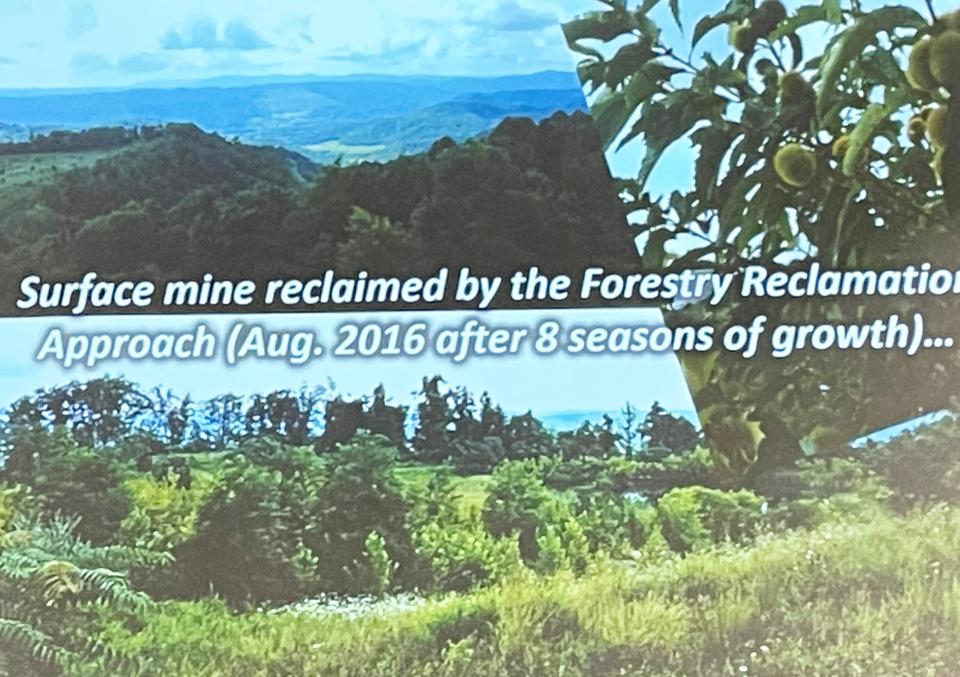
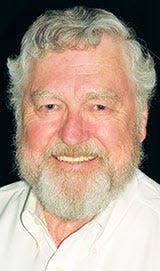
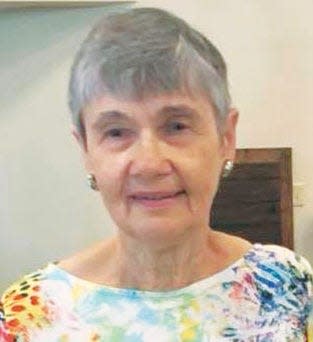
This article originally appeared on Oakridger: How Briceville students helped a Harvard prof reveal Welsh life here

